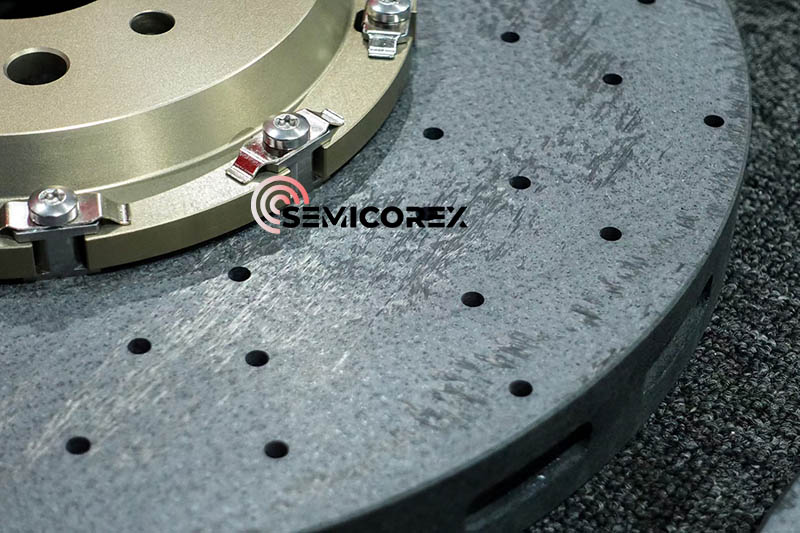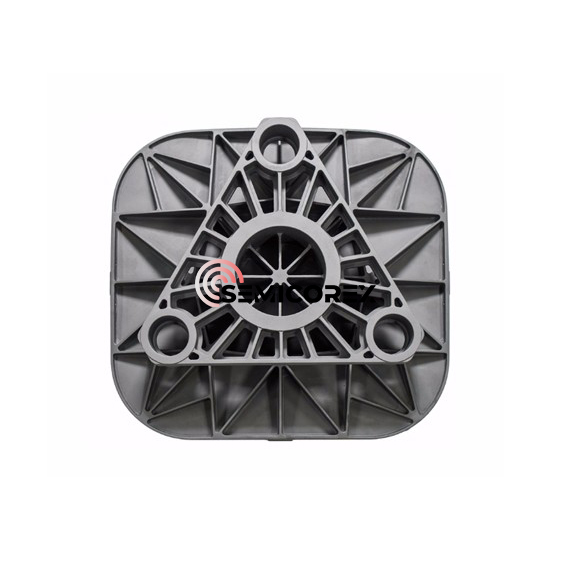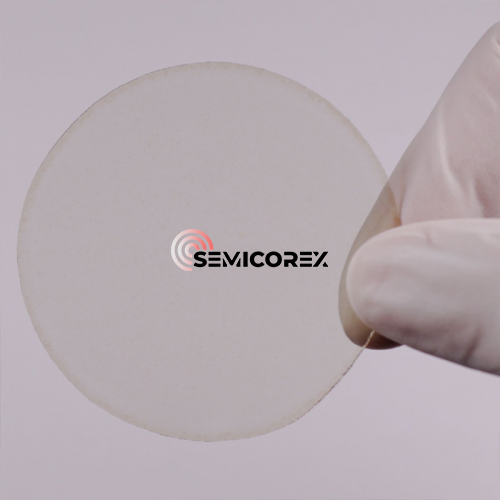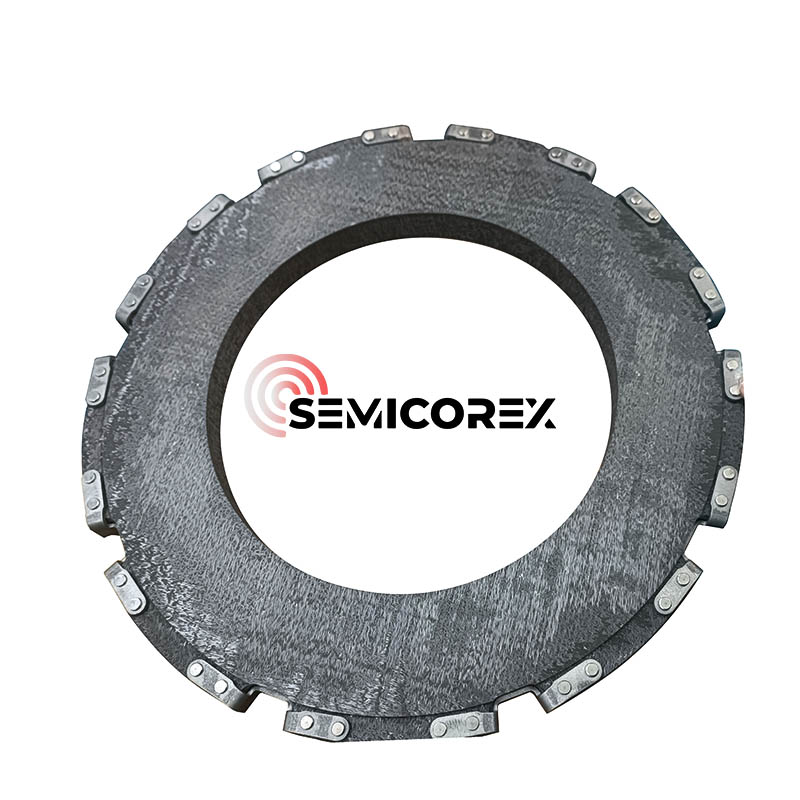
- English
- Español
- Português
- русский
- Français
- 日本語
- Deutsch
- tiếng Việt
- Italiano
- Nederlands
- ภาษาไทย
- Polski
- 한국어
- Svenska
- magyar
- Malay
- বাংলা ভাষার
- Dansk
- Suomi
- हिन्दी
- Pilipino
- Türkçe
- Gaeilge
- العربية
- Indonesia
- Norsk
- تمل
- český
- ελληνικά
- український
- Javanese
- فارسی
- தமிழ்
- తెలుగు
- नेपाली
- Burmese
- български
- ລາວ
- Latine
- Қазақша
- Euskal
- Azərbaycan
- Slovenský jazyk
- Македонски
- Lietuvos
- Eesti Keel
- Română
- Slovenski
- मराठी
- Srpski језик
Carbon Ceramic Brake
Semicorex Carbon Ceramic Brake is made of advanced carbon ceramic composites, which are an advanced material that is highly suitable for the high-temperature working environment. Semicorex delivers customized products according to the applications and customers’ requirements.*
Send Inquiry
Unlike the heavy weight of traditional brake discs, the lightweight feature of Semicorex carbon ceramic brake is immediately apparent. It's important to understand that every 1kg reduction in unsprung mass is comparable to a 10kg reduction in the car's weight. Carbon ceramic brake discs weigh only half as much as traditional cast iron discs, and this significant reduction in unsprung mass transforms the outstanding performance of racing cars in acceleration, braking, and cornering.
During races, braking systems are constantly subjected to "hellish" tests: frequent heavy braking and long-time friction heat, it can easily lead to heat fade in traditional brake discs, or even brake failure. However, the high-temperature resistance of carbon ceramic brake (capable of stable operation above 1000℃) allows them to maintain stable performance even on the "smoke and fire" of the track. When a race car enters a corner at high speed, the carbon ceramic brake still provide linear and powerful braking force at 1000 ℃, eliminating concerns about heat fade and allowing drivers to fully showcase their drifting skills, turning every corner into their personal showcase.

A scaled-down carbon ceramic brake disc is made through a combination of chemical vapor infiltration and reactive melt infiltration method. The brake with tensile strength of 106MPa, compressive strength of 355MPa, flexural strength of 195MPa, the thermal conductivity in the vertical and horizontal direction are 41.1 and 38.8 W/(m·℃), its thermal conductivity and strength have good balance. The test and simulation reports that the carbon ceramic brake disc has a good wear resistance and heat resistance, the friction coefficient of the paired brake pads is stable, and meet the industry standard requirement of wear level.
Here are the advantages of carbon ceramic brake
1. Lightweight: The carbon ceramic material has a density of 1.7~2.3 g/cm³, achieving a weight reduction of up to 60% compared to traditional steel discs;
2. Wear-resistant: The coefficient of friction can reach over 0.65, with a maximum service life of 300,000-500,000 kilometers;
3. Corrosion-resistant: The non-metallic material never rusts;
4. No thermal decay: Excellent thermal stability, ensuring greater safety;
5.Fast response: Rapid response speed and excellent handling performance.
Chemical vapor infiltration (CVI), reactive melt infiltration (RMI), and polymer infiltration pyrolysis are currently the main processing methods for carbon-ceramic composite materials. Here we introduce a combination process of CVI and RMI to prepare carbon ceramic brake disc materials.
(1) The carbon fiber weaving process uses needle punching and other methods to weave and combine carbon fiber meshes in different directions to form a preform.
(2) The carbon enrichment process uses CVI to deposit carbonaceous material into the gaps between the carbon fibers, forming a relatively dense, low-density carbon/carbon composite material.
(3) The machining process uses traditional equipment to process the brake disc structure dimensions and heat dissipation fins, ensuring that the dimensions meet the drawing requirements.
(4)The silicon infiltration process uses RMI, use the reaction of molten silicon with the carbon phase to generate a silicon carbide phase, ultimately obtaining a carbon-ceramic brake disc.














